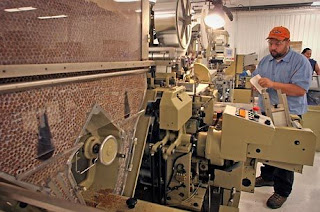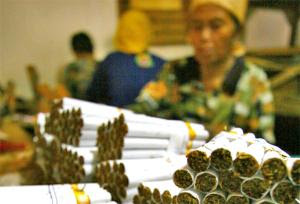
Times have changed in the Slipup community over the past decades.
The two stores are now closed up and the agricultural base has moved away from tobacco to corn, soybeans or cattle.
Despite the changes, the heart of the community beats on through the works of its residents and churches.
Situated at the junction of U.S. 62 and Kentucky 596, Slipup has two churches working together to meet the needs of the community and the parishes.
Shannon United Methodist Church and Bethel United Methodist Church have roots in the county dating back to 1790 (Shannon) and 1893 (Bethel Cemetery).
Now commonly referred to as Shannon-Bethel United Methodist Church, Rev. Jim Finch serves as minister for both under the same charter.
Since 1987, the Shannon-Bethel Men's Brotherhood has found a way through agriculture to raise money for maintenance of the two churches, support families or individuals in need and to contribute to charitable organizations.
Comprised of approximately 12 men, members Dick Clary, Gerald Poe, Cliff Campbell, Ralph Cooper and Scott Clary explained Thursday the purpose of the men's group and how an acre of burley tobacco has been able to help those in need.
Originally on an acre of land owned by Buddy Cropper and adjacent to the Shannon church, the annual yield has varied in pounds and price. In 2010, the yield was about 2,000 pounds, bringing $1.50 per pound, but the crop suffered due to drought and the group is hoping this year's crop fairs better.
"It looks pretty good now," said Dick Clary.
This year, the tobacco was planted on the farm of Jeff Shields just across the road from Dick's home on Kentucky 596. With a contract with Phillip Morris to process the tobacco, the men are hoping for a better year.
When the idea started all the men in the brotherhood worked in the tobacco patch, setting, cutting, stripping and hanging the tobacco, but the men laughingly admit they've gotten older and no longer do the hard labor, but instead have it contracted out.
Donations are made to the Kentucky Methodist Home in Versailles, Salvation Army, Ida Spence fund in northern Kentucky for children, a monthly contribution to the Mason County Food Pantry, and flowers for Mother's Day at the churches.
Maintenance projects have included new air conditioning, septic systems and right now, a new roof is going on at Shannon.
But as much as the money is used for charities and church projects, it also goes back into the community.
Cliff Campbell noted that for the last 13-14 years, more than $1,000 per year has been given to those in need, for example when their home has burned down or some other trouble has struck. He also said about 10 years ago the brotherhood gave $12,000 to neighbors needing a helping hand in just one year.
"Generally, if there's a need in the community (we help)," said Dick.
Asked about what they would do if and when the time comes the tobacco crop can't sustain the charitable fund, there was no ready answer, but a few ideas were thrown out. One being the success of the annual chili supper that takes place the Saturday after Thanksgiving and has "gone over real good" the last few years, raising $4,000. Going back to raising and selling calves was another suggestion.
"I don't know what the future holds," said Dick Clary, going on to say they would find a way to sustain the fund.
And with young families joining both congregations, the future looks promising for their work to continue.
Being modest and matter-of-fact about their commitment to church and community, the men share more than their work at church. They've grown up together in Slipup, raised families together, pulled teenage stunts like drag-racing down a winding country road, farmed together and overall, are great friends. A visit with the men of the brotherhood is filled with funny stories about jam cakes sold at cake auctions, good-natured jokes, comfortable comradery and lots of laughter.
And although the stores in town are no longer open so people can hang out on a Friday and Saturday night, Cliff put it best when he said "this has been a great community."











